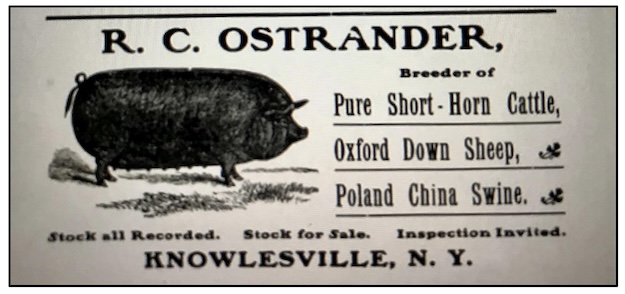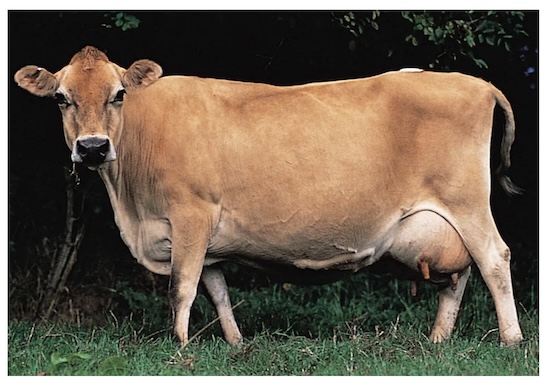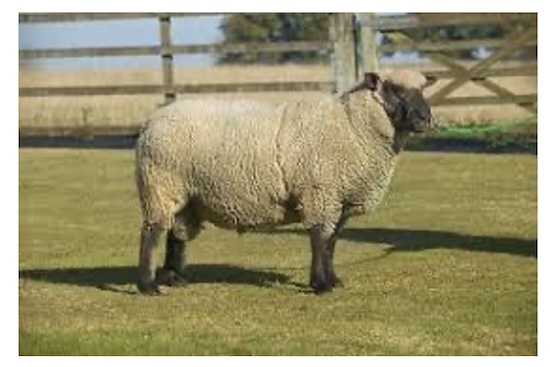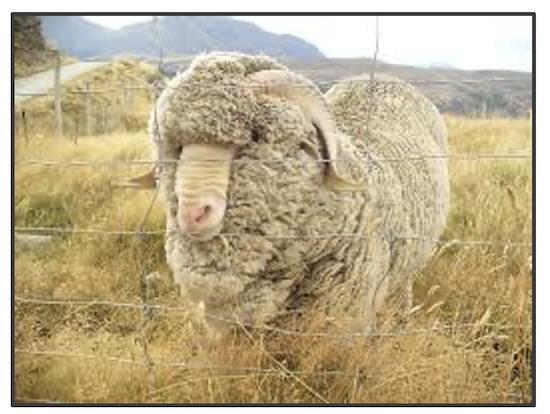Directory from 1903 shows forgotten livestock breeds in Orleans County

Advertisement from the Directory of Orleans County, 1903
By Catherine Cooper, Orleans County Historian
“Illuminating Orleans” – Volume 5, No. 8

They would have been recognizable to many Orleans County residents over one hundred years ago. Poland China swine, Ayrshire cattle, Rambouillet sheep were some of the many different breeds raised in the county according to the Directory of Orleans County, 1903.
This amazing publication (click here) is accessible online courtesy of the Central Library of Rochester and Monroe County and is well worth downloading and perusing.
This Directory lists the residents of the county and their occupations, an ambitious undertaking. It was one of several such directories compiled by the George Hanford Company of Elmira, NY. So many aspects of social change are obvious when glancing through the pages.
Today’s column was prompted by the two-page listing of Livestock Breeders and Dealers in the Business section. Even a portion of the list illustrates the variety of livestock being raised at that time:

From the Directory of Orleans County, 1903
The list totals sixty breeders and dealers, some handled more than one breed. As we examine the variety of breeds represented, we are inferring that the prevalence of breeders for any one breed equated roughly with the breed’s popularity.
Cattle

Jersey cattle were first bred in the British Channel Islands and introduced to the U.S. in the 1850s.
It appears that Orleans County farmers favored Jersey cattle, with eight breeders listed. Jersey cows are small and noted for producing milk with a high butter-fat content. Ayrshire cattle, who also produce high-quality milk, were also raised, with just one breeder listed.
Two beef-producing breeds, Durham Shorthorns and Herefords were represented with two Shorthorn breeders and one Hereford breeder listed.
Sheep

Shropshire sheep are medium sized with dark faces and feet.
Raising sheep was a significant element of the farm economy in 1903. In the Town of Barre alone, fifty-nine farmers listed sheep among their holdings. A quick tally of the number of sheep in Barre came to 2,500.
Shropshire sheep were the most prevalent in the County in the early 1900s. Of the sixty breeders listed, ten bred Shropshire sheep. Several other breeds were also raised: Cheviot, Delaine Merino, Dorset, Merino, Oxforddown, Rambouillet, Southdown, Tunis, and Yorkshiredown. The Shropshire flocks were raised for meat, as were the Cheviots and Dorsets. Delaine Merino, Merino, and Rambouillet sheep were bred for wool.

Merino sheep yield very fine soft wool.
Pigs
A colorful variety of pigs were raised, the Chester Whites being the most prevalent. Originating from Chester County, Pa., these white pigs with droopy ears produced a high-quality meat. Seven livestock owners handled this breed.
The reddish-brown Duroc-Jersey pigs which were noted for producing very flavorful pork were raised, as was the distinctive Berkshire pig, which is black with a white snout.
Several farmers raised the quaintly named Poland China pig, the oldest American swine breed. Related to the Berkshire pig, the Poland China pig is also black but distinguished by its white face and feet and a white tip at the end of the tail.





























































